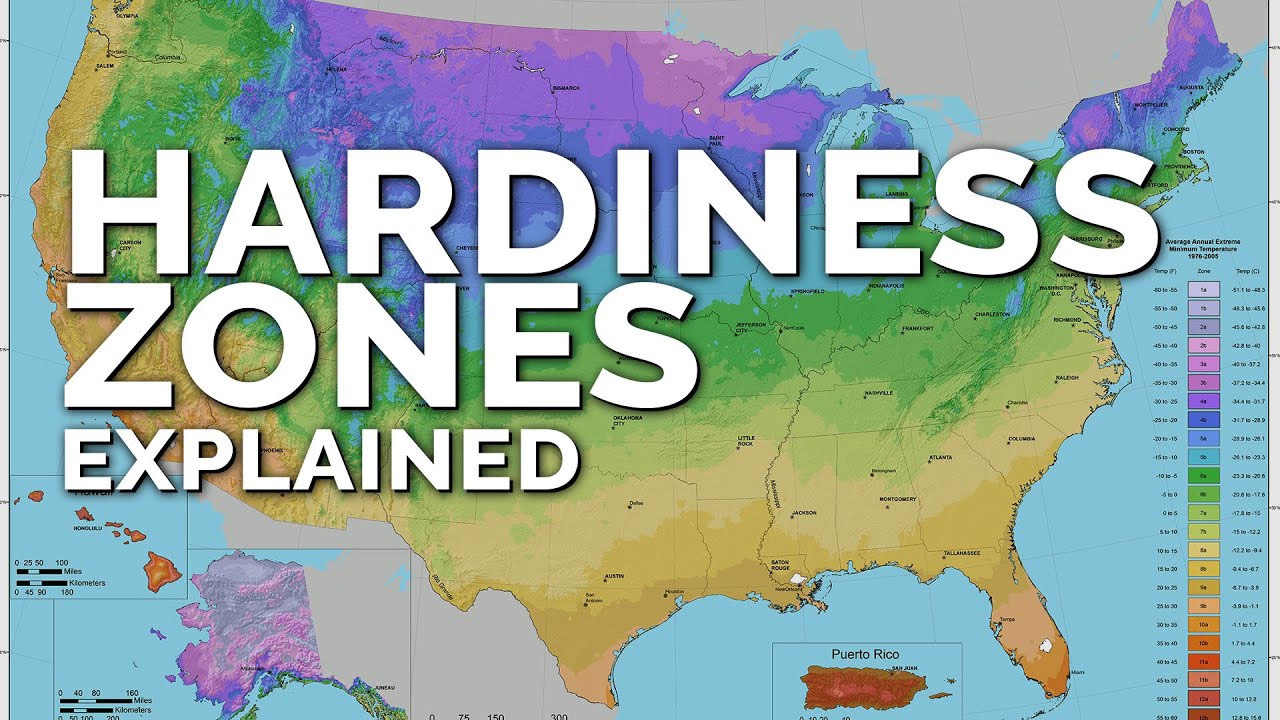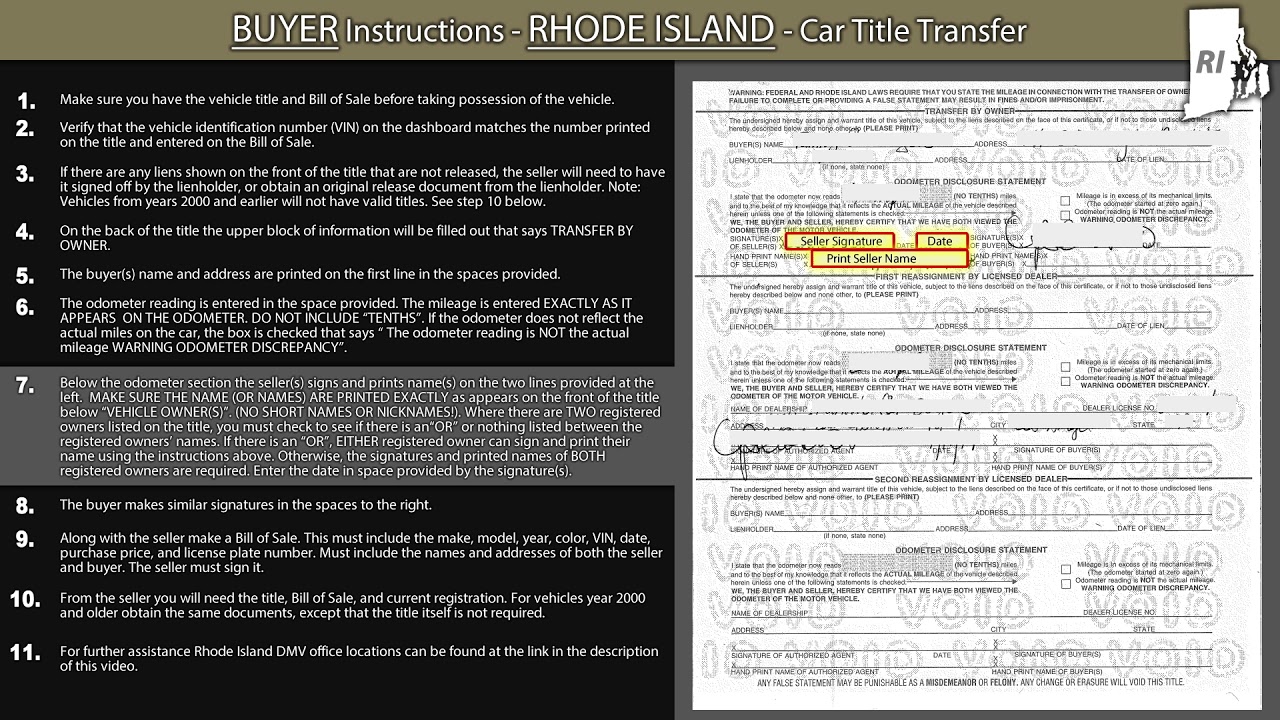Introduction to Rhode Island’s Growing Zone
Rhode Island, also known as the Ocean State, is a small but vibrant state located in the New England region of the United States. While it may be one of the smallest states in terms of land area, Rhode Island still offers a diverse and unique environment for gardening enthusiasts. One of the important factors to consider when planning a garden in Rhode Island is the state’s growing zone. The growing zone determines the types of plants that will thrive in the region, taking into account factors such as climate, temperature, and other environmental conditions.
Understanding the USDA Plant Hardiness Zones
The USDA Plant Hardiness Zone Map is a widely used guide that helps gardeners determine which plants are most likely to thrive in a specific location. The map divides the United States into 11 different zones, each representing a specific range of average annual minimum temperatures. These zones provide a valuable tool for gardeners to determine whether a plant is likely to survive and thrive in a particular area.
Rhode Island’s Geographic Location and Climate
Rhode Island is located in the northeastern part of the United States, bordered by Connecticut to the west and Massachusetts to the north and east. It has a humid continental climate, characterized by hot summers and cold winters. The proximity to the Atlantic Ocean also influences the state’s climate, with coastal areas experiencing milder winters and cooler summers compared to inland regions.
Comparing Rhode Island’s Climate with Other States
When compared to other states in the United States, Rhode Island’s climate falls within the range of the northeastern region. It shares similarities with neighboring states such as Massachusetts and Connecticut, which also have humid continental climates. However, Rhode Island’s coastal location does provide some unique climate characteristics, making it slightly milder than inland areas.
Defining Rhode Island’s Growing Zone
Rhode Island falls into USDA Plant Hardiness Zone 6b. This means that the average minimum winter temperature in the state ranges from -5°F to 0°F (-20.6°C to -17.8°C). Gardeners in Zone 6b should choose plants that can withstand these chilly temperatures to ensure successful growth and survival. Additionally, the growing season in Rhode Island typically lasts from April to October, providing ample time for plants to grow and thrive.
Factors Influencing Rhode Island’s Growing Zone
Several factors influence Rhode Island’s growing zone. The state’s proximity to the Atlantic Ocean plays a significant role in moderating temperatures, particularly along the coast. The Gulf Stream, a warm ocean current, helps to moderate the climate and prevent extreme temperature fluctuations. Additionally, the state’s topography, including its valleys, hills, and coastal plains, can affect microclimates within different regions of Rhode Island.
The Impact of Latitude on Rhode Island’s Growing Zone
Rhode Island’s latitude also contributes to its growing zone. The state is situated at approximately 41°N, which places it in a temperate climate zone. This latitude provides Rhode Island with distinct seasons, including warm summers and cold winters. The angle of the sun’s rays and the length of daylight hours vary throughout the year, influencing the growth and development of plants.
Seasonal Changes in Rhode Island’s Growing Zone
Rhode Island experiences distinct seasonal changes, which impacts its growing zone. Spring brings cooler temperatures, while summer is characterized by warm and humid conditions. Fall brings colorful foliage and cooler temperatures, and winter brings cold temperatures and occasional snowfall. These seasonal changes affect the types of plants that can be successfully grown and dictate the timing of planting and harvesting.
The Effect of Elevation on Rhode Island’s Growing Zone
Elevation also plays a role in Rhode Island’s growing zone. The state’s highest point, Jerimoth Hill, reaches an elevation of only 812 feet (248 meters). While elevation changes in Rhode Island may not be as significant as in other states, they can still impact local climate conditions. Higher elevations tend to be cooler and experience shorter growing seasons, while lower elevations benefit from slightly milder temperatures.
Rhode Island’s Growing Zone and Plant Selection
Rhode Island’s growing zone 6b offers a range of plant options for gardeners in the state. Some popular choices for this zone include perennials like hostas, daylilies, and asters, as well as annuals like marigolds and zinnias. Vegetables such as tomatoes, peppers, and lettuce can also be grown successfully in this zone, with proper care and attention to the shorter growing season.
Adapting to Rhode Island’s Growing Zone Challenges
While Rhode Island’s growing zone presents certain challenges, gardeners can overcome them by selecting plants that are well-suited to the state’s climate and growing conditions. It is important to choose plants that can tolerate colder temperatures and have shorter growing seasons. Additionally, utilizing techniques such as mulching, raised beds, and season extenders can help overcome some of the limitations imposed by the growing zone.
Conclusion: Optimizing Gardening in Rhode Island
Understanding Rhode Island’s growing zone is essential for successful gardening in the state. By recognizing the factors that influence the growing zone, such as climate, latitude, elevation, and seasonal changes, gardeners can make informed decisions when selecting and caring for plants. With the right plant choices and adaptation strategies, gardeners in Rhode Island can create thriving gardens and enjoy the beauty of nature in this diverse and unique state.





